75 years ago this week, President Harry S. Truman made a bold and politically risky move by desegregating each branch of the United States Armed Forces.
Black and white soldiers fought side-by-side for the first time during the Korean War from 1950 to 1953…
While Blacks had fought honorably in every single conflict dating back to the Revolutionary War, the valor of Black fighting men and women back then was still relegated to separate units that, more often than not, were led by white officers.
But with the stroke of Truman's pen, over the next seven decades, the Armed Forces would become arguably the best systemic example of how people of color, when given fair opportunities, could rise into prominent positions of power and authority!
While Truman often receives praise for his leadership on this issue, what often goes unmentioned is that he and his presidential predecessor, Franklin D. Roosevelt, deserve the pillory, too, for their failures to ensure that Black men and women who served during World War II were able to reap financial and social benefits once their fighting days were done.
In July of 1946, Black World War II veteran George Dorsey, 26, his wife Mae Dorsey, 24, and their friends Roger (24) and Dorothy Malcolm (20), were brutally lynched by a mob numbering in the hundreds after Malcolm stabbed Barnette Hester, a white man, during a fight on a sharecrop farm owned by J. Loy Harrison. President Harry Truman drew the ire of some Southerners for directing the FBI to offer a reward for information about the grisly murders which, to this day, remain unsolved...
Think back to your junior and senior high school history classes in American history (or the current events news reels for my more “seasoned” readers) and how you very likely were taught all about the post-war prosperity and emergence of an ever growing middle class in the U.S. Remember the pictures of suburban row houses with manicured lawns, shopping malls, and drive-thru theaters that entertained the masses each weekend, as depicted below.
What those history books and social studies teachers rarely taught was that this prosperous period brought great lucre to many whites due to government policies under FDR and Truman that specifically excluded Black people from tapping into the greatest source of wealth to this day—land ownership.
During FDR's first term, as the entire world was mired in the muck of the Great Depression, his new Federal Housing Administration instructed banking lenders to create policies that led to "redlining," a practice that specifically discriminated according to race!
A Washington Post illustration regarding the modern racial impact of redlining on home valuations circa 2020…
More specifically, the FHA mandated that Blacks should not be granted mortgages to purchase homes and land in white areas—a mandate that codified into federal law the state and local restrictive covenants that impeded Black land ownership not just in the Jim Crow South, but as far west as California, throughout the Midwest, and even as far north as New England. The FHA also cautioned banks from lending or investing into Black neighborhoods deemed “undesirable.”
Similarly, while not race specific, FDR's signature legacy, Social Security, disproportionately impacted Black domestic and agricultural workers, like sharecroppers, whose common wages from miserly employers often were exempt from the program. In fact, for Blacks who held jobs that paid into Social Security, the rules forbidding their accrued wealth from being devised to adult able-bodied children was but another factor in the lack of intergenerational wealth being passed on through the ages among Black people.
Black sharecropper family in their Sunday best near Little Rock, Arkansas circa 1935…
Regarding the few Black farmers who owned their own land, President Roosevelt's Agricultural Adjustment Administration often excluded the same from benefits ranging from reduced prices for equipment and seeds, to exclusion from programs that fostered government contracting for goods. As a result, many Black farmers lost their land outright because they simply could not keep up with their white competitors who had the full faith and backing of the United States government and the banking institutions that were somewhat on the public dole due to the Depression!
FDR, flanked by congressional officers, signing the Social Security Bill into law circa 1935…
Now, if you are wondering "why" President Roosevelt pursued such discriminatory policies, and if you are further confused because you were taught (or read) that he was advised by prominent Black luminaries like Dr. Mary Macleod Bethune, remember that at the time the Democratic Party, split into Northern and Southern caucuses, was dominated by a Southern faction that was filled with Ku Klux Klansmen, White Citizens Councilors, and other miserable troglodytes. Indeed, it is not hyperbolic to submit that the Southern Democrats at the time were still fighting the Civil War for the Confederacy—seven decades after General Robert E. Lee surrendered to General Ulysses S. Grant at Appomattox Courthouse in Virginia! Thus, FDR's refusal to take too many overt courses of action regarding Black civil rights because in his ambitious mind, the same could have diluted his political capital among segregation supporting white southern voters.
From the FDR presidential library, a sample ballot for the 1932 presidential election in Alabama. Note the “white supremacy” banner hanging over the old Democratic Party ledger…
FDR's reticence on Civil Rights did not stop the valiant A. Phillip Randolph and other civil rights leaders from demanding (and receiving) concessions, such as greater access to jobs in the war production movement once the Second World War broke out in Europe in 1939. Still, when the draft pulled hundreds of thousands of Blacks into the service, those soldiers, sailors, and Tuskegee Airmen were relegated to racially separate units, were given less choice fighting assignments, and when subjected to courts martial, were far more likely to be hanged than their white comrades in arms!
Herman Perry (center), flanked by Major Earl O. Cullum (left) and Capt. Joseph J. Armand (right), prior to his execution for desertion in 1945. Nearly 80 percent of U.S. Army executions during World War II involved Black soldiers…
To add further insult, again, when Black service members returned from helping to defeat the Axis powers abroad, they were shut out by and large from the G.I. Bill program that helped white service members attend school, build homes, and create wealth for themselves and their descendants. A recent NY Times retrospective on Roosevelt’s legacy states:
"On paper, the G.I. Bill was race-neutral. But in reality, banks — drawing on…discriminatory federal regulations — often denied Black veterans’ applications. (In New York and the northern New Jersey suburbs, fewer than 100 of the 67,000 mortgages insured under the G.I. Bill went to nonwhite applicants.)"
Despite these racial imbalances, President Truman initially balked at the request that the Armed Forces become fully integrated. But A. Phillip Randolph, promising a Black boycott of the military draft, told Truman that, "The Negroes are in the mood not to bear arms for the country unless Jim Crow in the armed forces is abolished!”
A. Phillip Randolph (right) flanking President Ike Eisenhower (center) with Dr. Martin Luther King (left) during a White House reception in 1958. In my humble opinion, Randolph rarely receives the recognition that he deserves for laying the path that King and others would take to dismantle formal segregation in America…
To his credit, Truman, facing the same balancing act as Roosevelt as far as not wanting to agitate racist Southern Democrats, issued Executive Order 9981 on July 26, 1948. His act, coupled with his increasing interest in charging Southern lynch mob members with Federal crimes, were two components in a schism in the Democratic Party that led to the rise of the States' Rights Democratic Party, which was more commonly known as the "Dixiecrats."
That same year, the Dixiecrats ran Strom Thurmond against Truman for the presidency—but Truman not only bested his fellow Democrat, but also dispatched Republican challenger Thomas Dewey as well—despite the famous news faux pas declaring Dewey the winner!
As for real history, Black men and women have distinguished themselves in each military branch in the time since Truman's executive order 75 years ago with one, the late General Colin Powell, rising to become Chairman of the Joint Chiefs of Staff in 1991.
General Colin Powell sitting at the head of the Joint Chiefs of Staff…
Separately, the former Dixiecrats spent the better part of the next two decades fighting against the cause of Black civil rights and in the 1960's, when President Lyndon B. Johnson signed the Civil Rights Act of 1964, the Voting Rights Act of 1965, and the Fair Housing Act of 1968 into law, his former Democratic friends and colleagues, including Strom Thurmond, abandoned the party en masse and joined the Republican Party—where they and their ideological descendants like former President Donald Trump, Florida Gov. Ron DeSantis, and Texas Gov. Greg Abbott, remain to this very day.
Lest we forget!




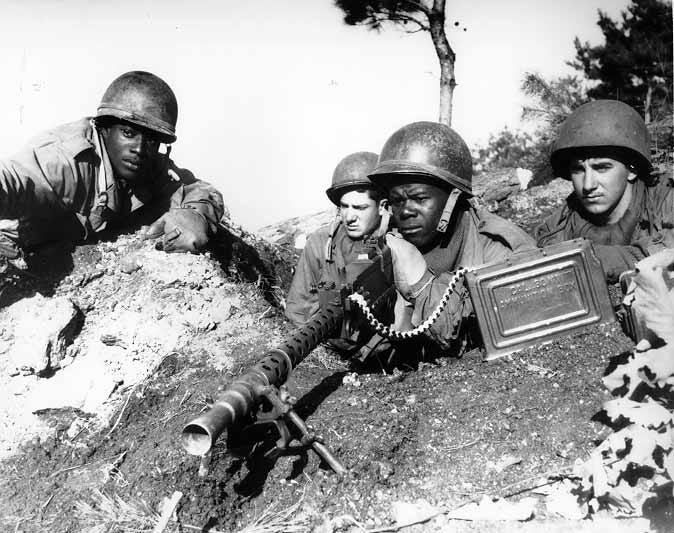


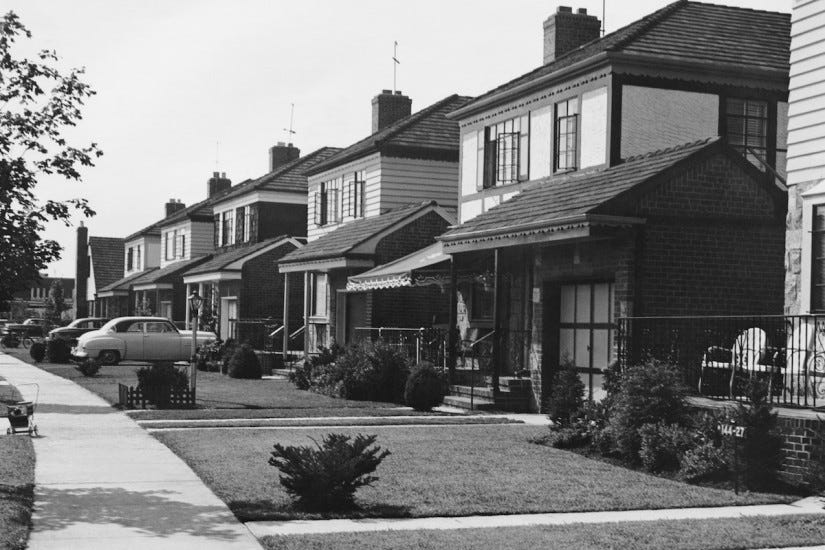

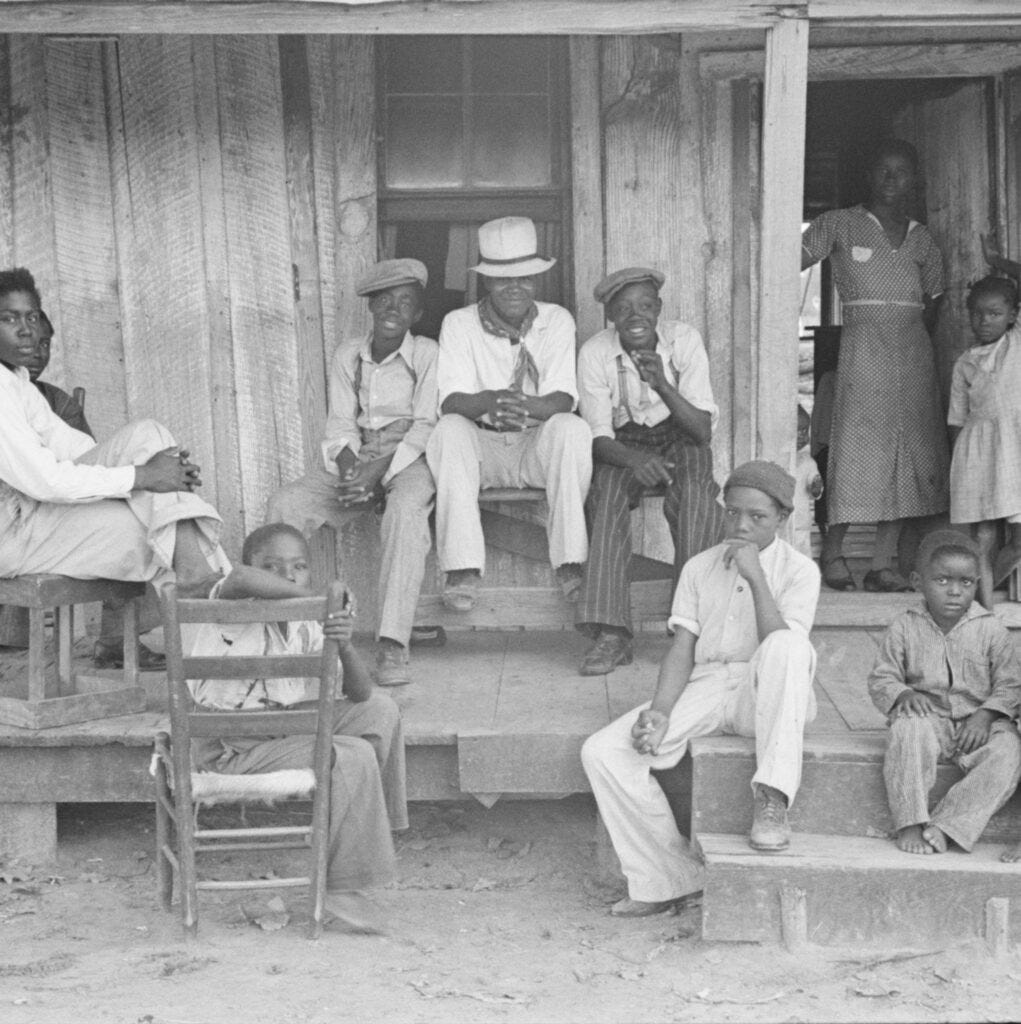



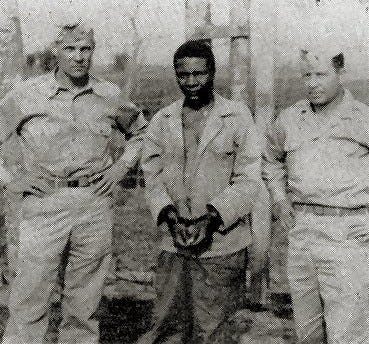
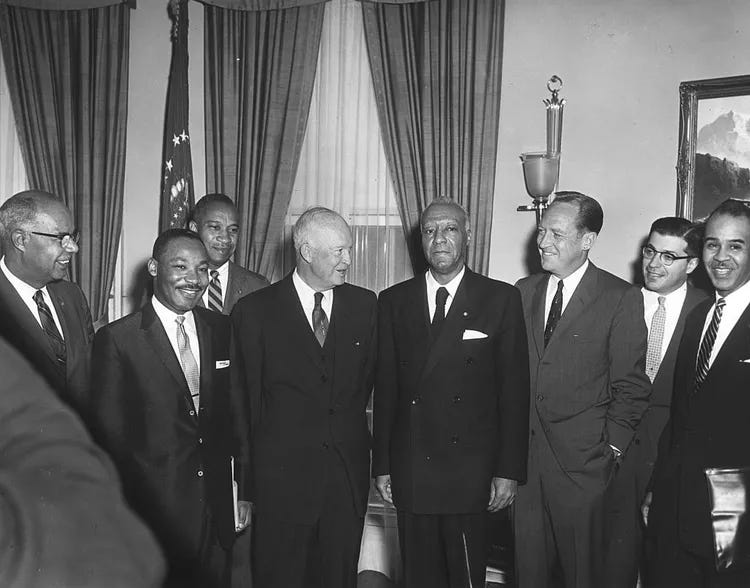


Thanks! This is one of the best summaries of a crucial period in american politics to understand and remember how and why we are where we are now.
Keep it coming, Chuck. I just copied this link and sent it to our M4L-heavy school board.